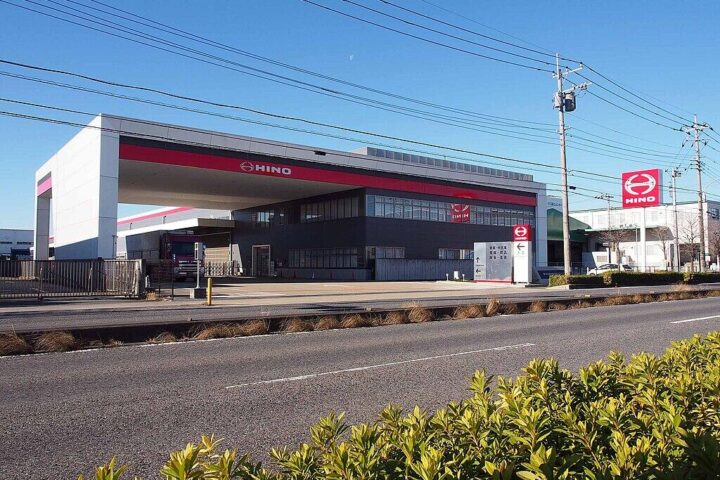According to a new report, the crew members of the USS Boxer, a US Navy ship, are still suffering from long-term illnesses resulting from the ship’s fuel dump in 2016. Allegedly authorized by senior personnel, the fuel dump caused the water supply onboard the warship to be contaminated and polluted, resulting in sickness and health impacts for crew members. Impacted by the incident, the veterans faced difficulties with their disability claims being rejected by the US Department of Veterans Affairs.
There are reports that ex-crew members have serious health problems such as lung cysts, excessive menstrual bleeding, and rare forms of lung cancer due to exposure to the ship’s fuel-laced water supply. During the Boxer’s deployment in the Indo-Pacific, the incident occurred on March 15, 2016, when sailors were ordered to dump fuel on the right side of the ship. Published on 1st June, a new report confirms that a US Navy ship intentionally dumped fuel into the ocean, inadvertently contaminating its own water supply and causing long-lasting health issues for sailors.
While the ship was stationary, the investigation revealed that the fuel tanks suspected of contamination were dumped overboard, resulting in the polluted water being drawn back into the vessel through water intakes. Unaware of the risks involved, marines and sailors onboard the USS Boxer consumed and showered in the contaminated water for several weeks.
After the ship took on nearly 400,000 gallons of fuel from the supply ship USNS Wally Schirra, the incident took place. Although it is reported that such dumps typically occur when the fuel becomes contaminated, the reason for the dump remains unclear. While the water intakes on the other side drew in seawater, the ship’s fuel was dumped on one side, which was then headed and condensed to make drinking water.
In order to avoid contaminating itself, the ship had to keep moving, but after the fuel was dumped, the engine’s thrust was cut, leading to the culmination of the water supply. Although the crew noticed the smell of fuel in the drinking water, the Boxer leadership claimed that the water was safe to consume. Michael Gonzales, Machinist’s Mate Chief, who was in charge of the oil lab, denied any indications of contamination in the potable water.
Similar Post
Fuel dumps may not have triggered health issues under normal circumstances, but the “all stop” order caused the ship to ingest the fuel it had dumped, contaminating the water supply. As crew members faced challenges in removing the fuel once the water became contaminated, they refrained from expelling the contaminated water to avoid admitting mistakes. A description of the overpowering fumes from the contaminated water by a former marine sergeant confirms that the contamination affected daily activities on the ship.
In an email on March 15, 2016, a watch officer confirmed the presence of fuel in the water, and bottled water was made available for consumption. Relying on flavoring packets to mask the taste, former Marine Daniel Martin revealed that he drank and showered in fuel-contaminated water for several days to a few weeks. Members of the crew immediately reported ailments like skin rashes and gastrointestinal problems, while others developed serious health conditions over the years, including lung cysts, cancer, and irritable bowel syndrome.
The US Navy confirmed the presence of “traces of fuel” in the Boxer’s water supply and took immediate action to restrict access to the potable water system. The USS Boxer is not the only US Navy ship to face water contamination issues, as other ships like the USS Nimitz and USS Abraham Lincoln were also affected by jet fuel and bacteria contamination. Indicating a longstanding problem across different ships in the Navy, sailors aboard these ships reported terrible taste and quality of water.
After the fuel dump incident, crew members have reported that it took approximately 2 months to fully flush and clean the tanks of the USS Boxer. The USS Boxer had to dock in Dubai to fix the issue, where tanks were cleaned and filled with fresh water. A spokesperson for the Naval Surface Force confirmed the presence of fuel traces in the ship’s water supply and stated that appropriate measures were taken to restore fresh water. The US Navy has not yet responded to the report’s findings regarding the USS Boxer and the crew’s long-term health issues.

















